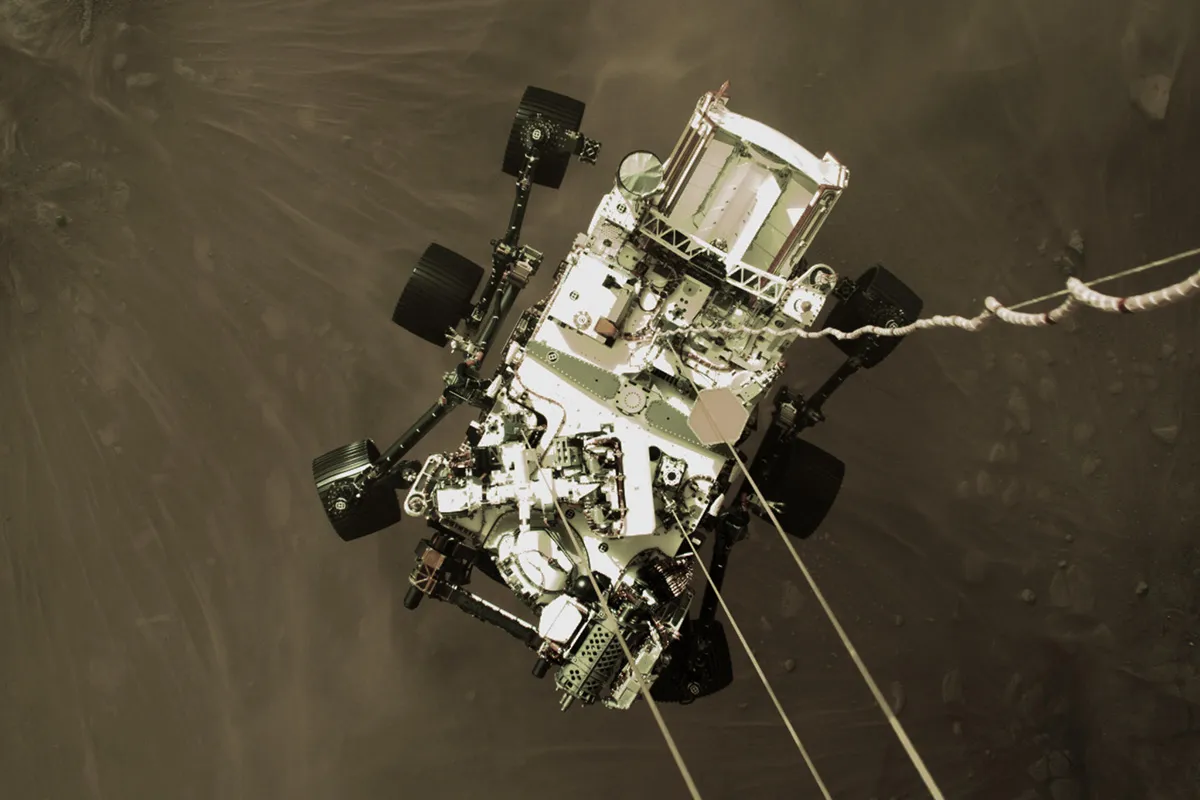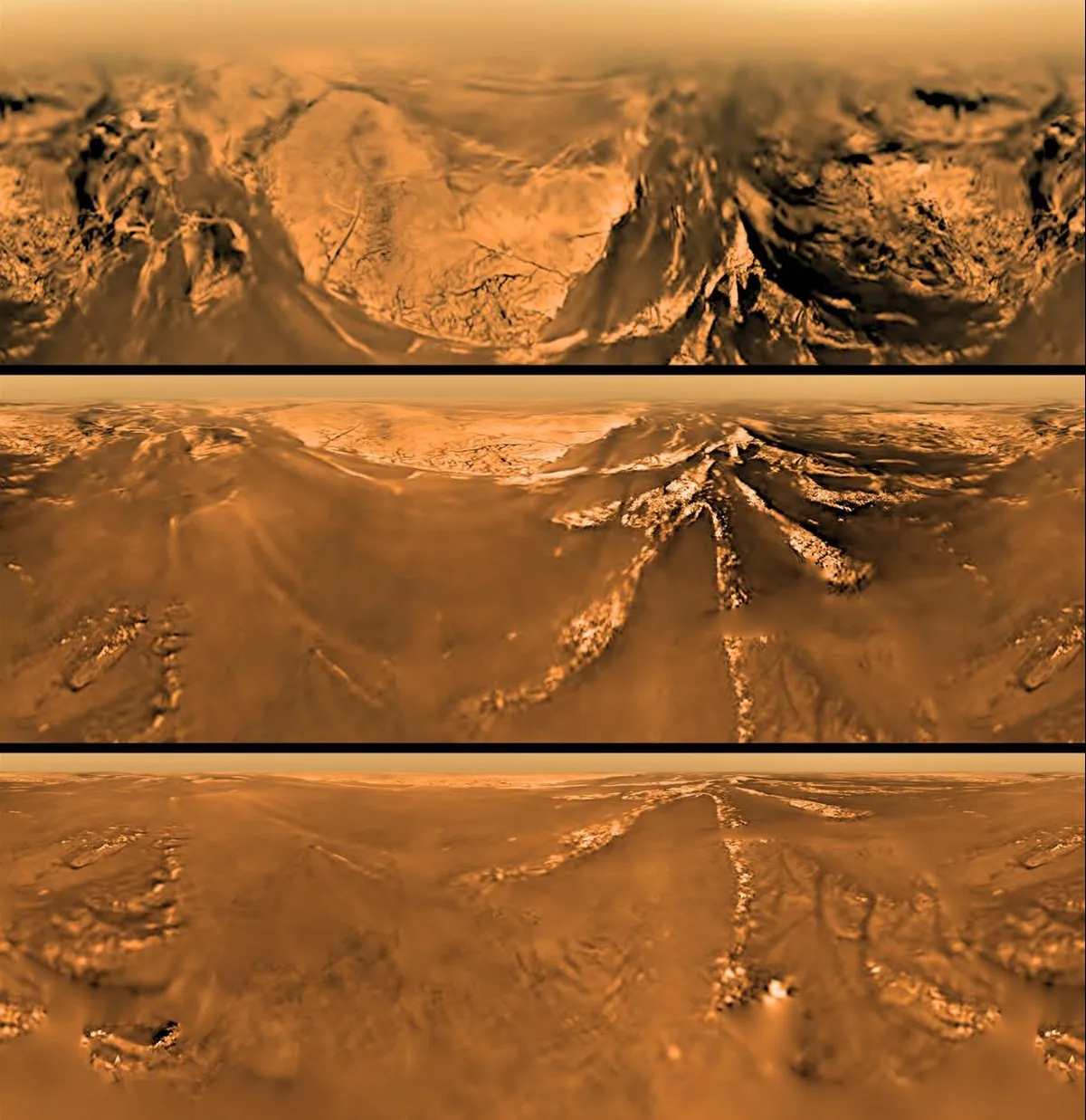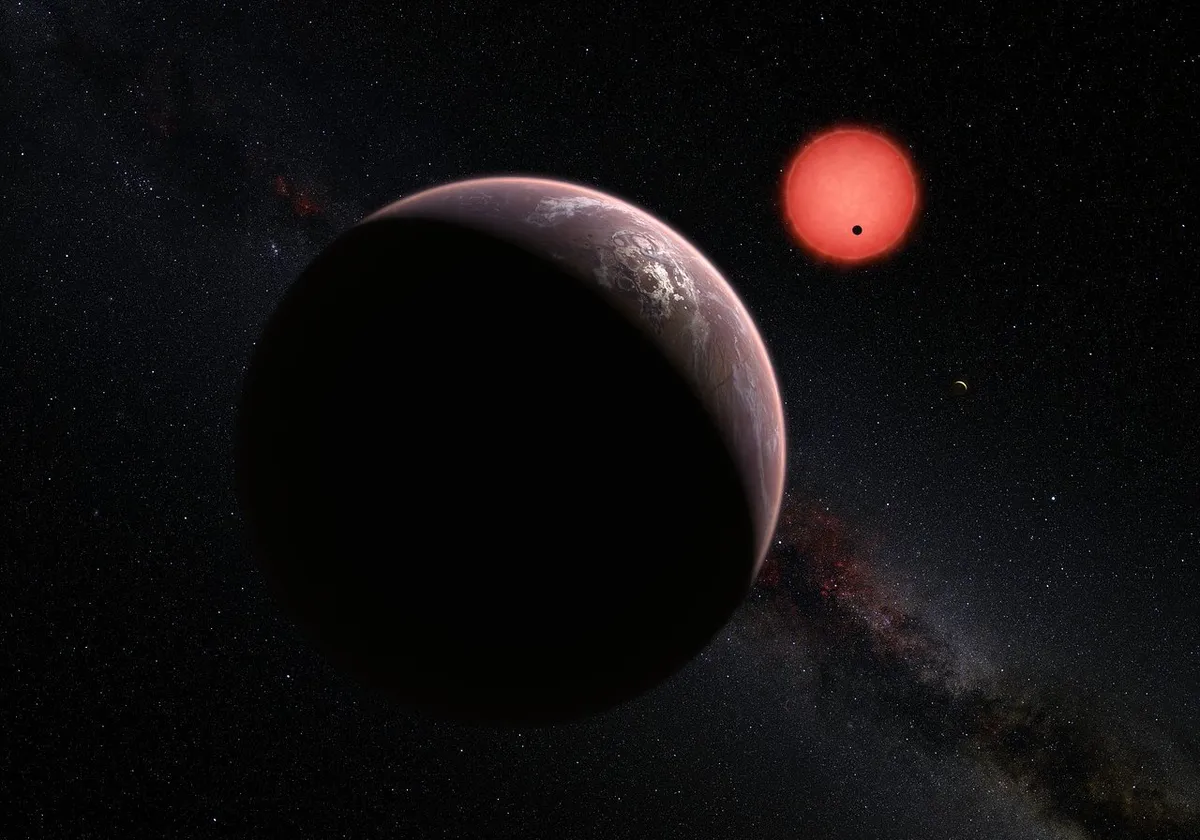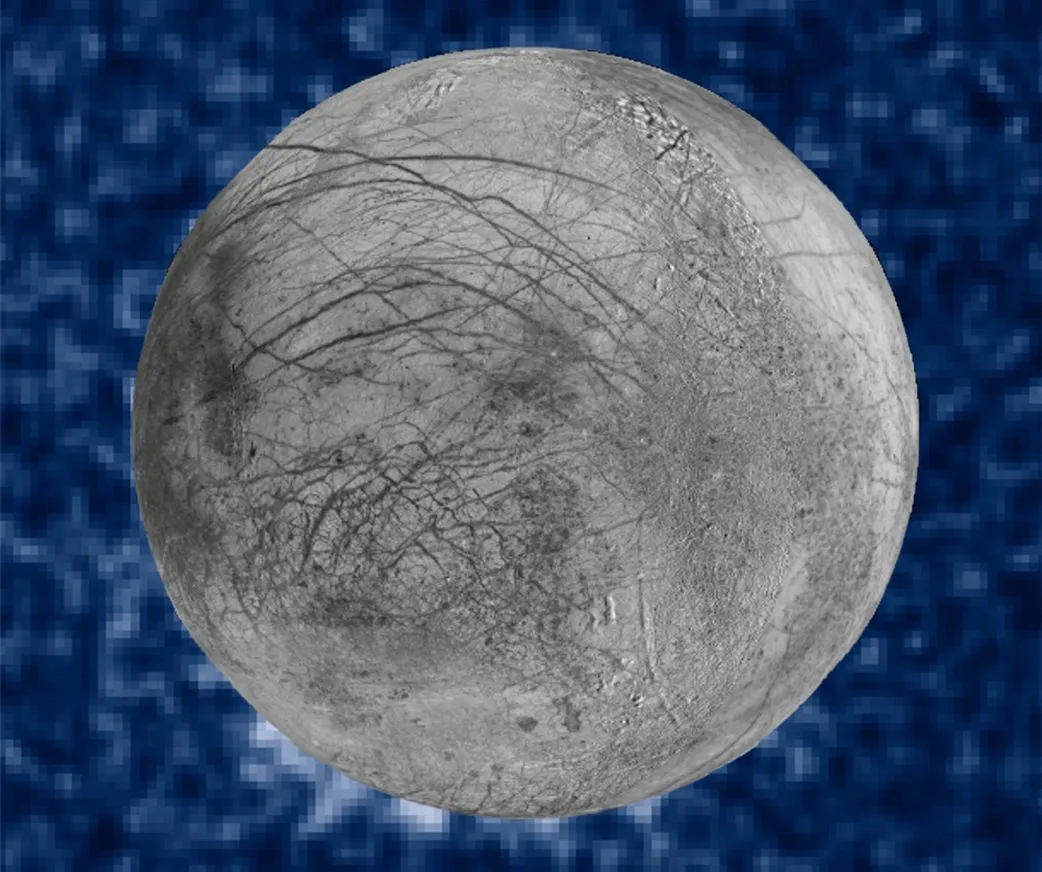Arthur C Clarke would have been disappointed that, more than 50 years after Neil Armstrong’s ‘one small step’, the Apollo program is still the high point of human spaceflight.
But he would have applauded the probes to Mars, such as the Perseverance rover, which landed on the Red Planet on 18 February 2021.
The rover is the latest in a line of missions that have scouted the surface for signs of life, both past and present.
It is the first stage of an initiative to bring rock samples back to Earth, giving us our best chance yet of answering the question, “Is there life beyond Earth?”

And he would have been excited by Saturn explorer Cassini and its Huygens probe that landed on Titan, as well as the images of Pluto taken by New Horizons.
These probes took decades to develop, build and reach their destinations, during which time robotics and computers greatly evolved.
Today, improved robotics would allow vastly more sophisticated probes, with advanced artificial intelligence controlling them much more ably.

But for all who are fascinated by extraterrestrial life the most transformative discoveries lie beyond our Solar System, on planets around other stars.
Among these exoplanets are millions the size of our Earth, on orbits with temperatures such that water neither boils nor stays frozen – the ‘habitable zone’.
For most of us the number one question is, “Do these exoplanets have a biosphere – perhaps even intelligent inhabitants?”
Will the latest exoplanet-hunting missions be able to find out? What makes a planet habitable?

Within 10 years, the European Extremely Large Telescope (E-ELT) in Chile, with a mosaic mirror measuring 39m-across, will be able to seek out the distinctive features of a biosphere.
But even if biospheres are widespread, advanced life could still be rare, so how might it reveal itself?
It’s best to be guided by what may happen on Earth. The history of human technological civilisation is measured in millennia (at most).
And it may be only a few more centuries before humans are transcended by inorganic intelligence, which could then persist, evolving on a faster-than-Darwinian timescale, for billions of years.
‘Organic’ human-level intelligence could be a brief interlude before machines take over.

If intelligence on another world evolved as it might here, we’d be most unlikely to ‘catch’ it in the brief sliver of time when it was still embodied in an organic form.
We would be far more likely to detect electronic intelligence, rather than creatures of flesh and blood.
We must drastically reinterpret how we approach the Search for Extraterrestrial Intelligence (SETI).
The lifetime of an ‘organic’ high-tech civilisation may be millennia at most, but its electronic diaspora could continue for billions of years.

The big uncertainty is the actual origin of life. It’s possible that it only happened once – here on Earth.
Might it have been delivered here, or could it be delivered elsewhere - in a process known as panspermia?
That’s why probes to the outer planets are important; if there were even ‘primitive’ life under the ice of Europa and Enceladus or methane-based life on Titan, it would imply that life had started twice in one planetary system.
This would have huge implications: life would be expected to have emerged in billions of locations in the Milky Way, manifesting in a variety beyond the imaginings of science fiction writers.
